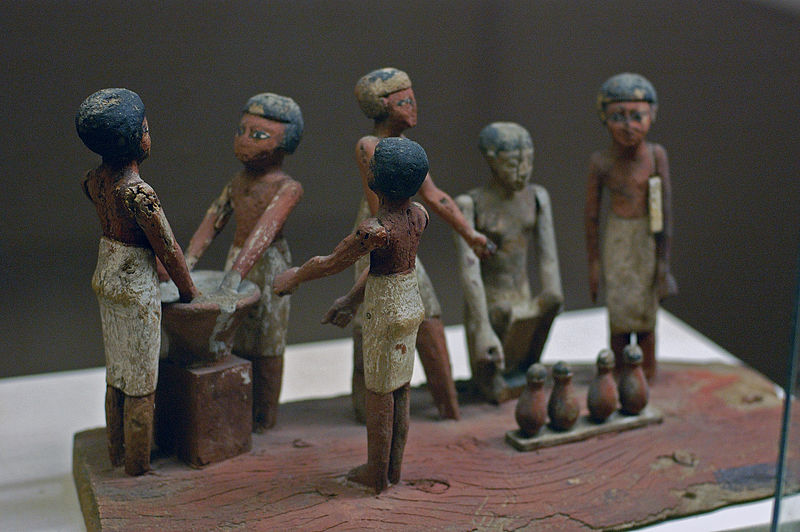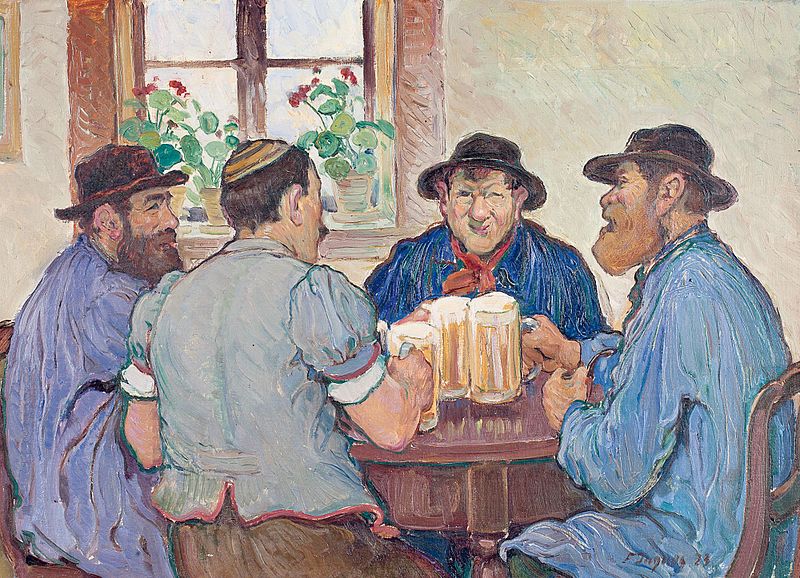Beer, as a rule, is always and everywhere good, if it is made honestly and not diluted with water…
From “A book about a tasty and healthy life” by Alexander Okun and Igor Guberman
Good day, dear Take in Mind readers! We start with the essentials: A request from our dear young readers! If you haven’t reached yet the age of majority according to the laws of your country, please stop reading this post and enjoy some of our other posts.
As you may have guessed, we’ll talk today about beer! One of the three most widely consumed drinks in the world (together with tea and coffee)! According to the evidence from an internet search, up to 1 billion liters is drunk every day in the world – that is a very decent number. China (which is quite logical) is ahead of the entire planet in terms of total consumption, and the Czech Republic is the leader in liters per person per year (more than 140 liters per person per year), followed by Germany and Austria. Curiously, Great Britain does not even get into the top ten (P.S. The author of the post, who is not a real beer fan, being on a working visit in a small provincial English town, was so impressed by the variety of beer styles and marks in an ordinary pub that he barely managed to convey his experimental delight to the hotel).
Not just some volumes, but big libraries have been devoted to various styles, sorts, and marks of beers, to the history, theory, and practice of brewing, as well as to the use of beer in cooking. Therefore, it would be foolish to assume that in a short article it will be possible to come up with some new and fundamental idea. On other hand, this topic is so compelling that Take in Mind authors decided not to resist the temptation. As a compromise, we decided to collect some facts that represent beer in several unusual guises.
Well,

– Beer as an object of divine worship:
In ancient Sumer, there was Ninkasi, a special goddess for beer and other alcoholic beverages. Although in the heavenly pantheon she had less leading position, the Sumerians respected her very much and even dedicated hymns to her. The Hymn to Ninkasi, the finest example of ancient literature, is known up to these days.
– Beer as medicine:
Without further ado, here are two historical examples:
The ancient Egyptians liked to add mandrake, for which they attributed miraculous properties, as a beer seasoning. In some cases, saffron or anise was added. It was also believed that beer grounds had medicinal properties, so it was used as a poultice.
The Varangians called the beer “Odin’s Drink”, and the peculiarity of its recipe was coniferous needles as specific addition. The resulting mixture contained plenty of vitamin C and helped with many diseases.

– Beer as a source of art inspiration:
“… For artists, beer became a source of inspiration – both as a drink and as a theme for paintings. In particular, beer played a significant role in the Dutch fine arts of the 16th – 17th centuries. Among others, the theme of beer was captured in the pages of art history by Pieter Bruegel the Elder and Adriaen Brouwer, whose paintings are far to have classic two pears, an apple, and a jug of beer. The artists portrayed the wild merriment of country parties and taverns with a fair amount of glamor.
Bruegel painted the life of the surrounding peasants during the years of work in Antwerp. After moving to Brussels, he more often immortalized drinking beer on his canvases. Unlike other Renaissance masters, Bruegel did not seek to emphasize the sublime properties of human nature. Typical for his works are naive characters with dull eyes and a foolish look, sometimes fight each other, and sometimes even lie on the ground, exhausted by extra-drinking or gluttony. This style has made art historians puzzle. In accordance with the generally accepted interpretation, Bruegel did not even think to make fun of the peasants, as his “civilized” contemporaries believed, but ridiculed the hypocrisy peculiar to people. The aristocrats who bought Bruegel’s paintings and admired them indulged in exactly the same vices as the commoners, but did not admit this, professing a double morality. Thus, the pictures turned out to be a kind of “the mirror of the soul”.

Although Bruegel’s beer preferences remained hidden in history, many anecdotes have reached descendants about the addictions of another Flemish master, Adriaen Brouwer. Brouwer also found themes for his art in cheap and exuberant pubs. Fights, cards, pipe smoking, and beer became the main motives of his painting. Brower painted the country taverns and the town pubs. They were garnished with the same dark wood that can still be found in the Dutch “brown bars”. Dark colors also prevailed on Bruegel’s canvases, including the color of beer. Usually, it was the dark Oud Bruin.
In Brouwer’s art, there is a curious contradiction between “ignoble” subjects and elegant painting techniques. For example, in his “The Smokers”, painted in 1636, one of the characters cockily raises a mug, another blows his nose, the third smirks to himself, and two more are busy blowing smoke rings. In “In a tavern” (the 1630s), a glass of dark beer almost bewitches those sitting at the table …
In addition to Bruegel and Brauer, David Teniers the Younger (1610-1690) and Adriaen van Ostade (1610-1685) are known for beer motifs. All four of them laid the foundation for that expressive Dutch painting, which borrows themes from everyday life…” (from “History of beer. From monasteries to sports bars” by M. Rissanen and J. Tahvanainen)

– Beer as a natural disaster:
On October 17, 1814, beer tanks had been exploded at London’s Horse Shoe Brewery. As a result, 1.5 million liters of beer splashed onto the streets, flooding several houses. The “beer flood” killed eight people. By the way, in some sources, you can find stories about hundreds of people collecting beer, massive drunkenness, and death from alcohol poisoning. The known historian of brewery Martin Cornell argues that none of the newspapers at the time mentioned the binge or later death associated with the “free” beer; moreover, it was noted that the people behaved exceptionally well.
– Beer as a contraceptive:
“…Among the Kachins of Burma the ferment used in making beer is prepared by two women, chosen by lot, who during the three days that the process lasts may eat nothing acid and may have no conjugal relations with their husbands; otherwise it is supposed that the beer would be sour…” (J. Fraser “The Golden Branch”)
And one more thing: In Ames, Iowa, it is illegal for men to have three sips of beer while they are in bed with their women.
– Beer against rodents:
A successful rodent trap by Zambian peasants: the bowls of milk with beer addition are left overnight in a house filled with mice or rats. In the morning, a “harvest” of weak-willed and drunken rodents is collected.
– Beer as sports equipment:
A little clarification needs to be made here. It’s not just about beer, but also about beer steins. Oliver Struempfel from Germany holds the record for the most beer steins carried over 40 m with a staggering 24 pints. The ladies’ record belongs to Anita Schwarz (also German), who carried 19 beer steins on November 9, 2008. Naturally, both records take their honorary places in the Guinness Book of Records.
By the way, the Guinness Book of Records itself was conceived in the early 50s of the twentieth century by Hugh Beaver, the executive director of the Guinness brewery. The idea was to create an authoritative source that could resolve disputes between amateurs to make any (sometimes, the strangest) bets.
“Beer’s intellectual. What a shame so many idiots drink it.” Ray Bradbury, Sci-fi author
“Drunkenness is nothing but voluntary madness.” Seneca the Younger, Roman Philosopher and Poet
P.S. Please remember the warnings by the Ministry of Health!
Featured image by ArtTower from Pixabay.
Related Articles:

